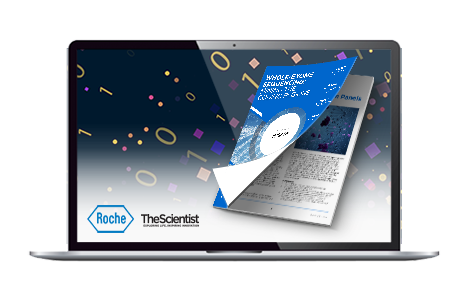
eBOOK
Mining Coding Regions with Whole-Exome Sequencing
Multiple next-generation sequencing (NGS) techniques offer insights into health and disease.


The human genome contains roughly three billion base pairs, but only 1-5% of these encode functional proteins. Although whole-genome sequencing (WGS) provides rich information about single nucleotide, structural, or copy number variants across the genome, it is time- and resource-intensive. Thus, scientists who study mutations in coding regions or in subsets of specific disease-associated genes often rely on targeted NGS panels. Options for targeted panels include exome panels for whole-exome sequencing (WES) as well as more precise, custom-designed panels.
Download this ebook from The Scientist's Creative Services team and Roche to discover
- The differences between WGS, WES, and custom panels
- How to overcome sequencing challenges with WES and custom panels
- How WGS, WES, and custom panel NGS workflows differ
- The clinical applications of WES